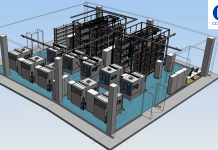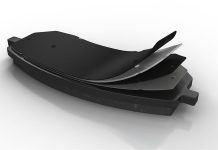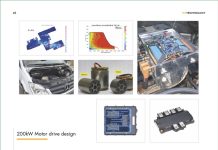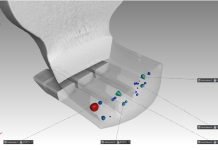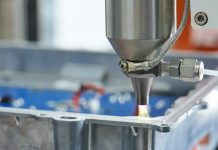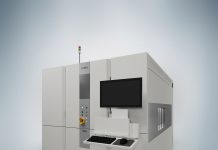A rising number of OEM and manufacturers is assessing various winding processes. Among them, there is the stator wave winding technology that allows manufacturing more compact, lighter and more performing electric motors. Thanks to higher voltages (> 800 Volt) combined with silicon carbide inverters to reach higher switching speeds, designers are looking for other ways to obtain a constant improvement of the electric powertrain group.
The wave winding process is apt for increasing the filling factor of slots, keeping the copper losses linked with the frequency under control. Rectangular conductors, in fact, even reducing the copper losses in direct current through the wider section for the current passage, suffer from bigger proximity and skin-effect losses that are counterposed to the advantages brought by the bigger copper section versus round conductors, especially at higher frequencies and speeds. A design method to reduce undesired effects notably, only slightly reducing the filling factor, consists in increasing the number of rectangular conductors per slot. In the last decade, we have witnessed a clear trend, increasing the typical number of conductors per slot from 4 to 6 and, more recently, to 8. One of the main challenges in the increase of the number of conductors per slot is the number of weld points that would be necessary for a conventional winding type. Weld points add complexity to the process and they are not ideal in terms of both mechanical reliability and of electric conductivity. Therefore, the wave winding, avoiding the need of welding in several points, allows a bigger quantity of rectangular conductors per slot.
«The designers of electric motors seem to have found an ideal condition with 8 conductors per slot, allowing well-balanced losses in direct current and frequency-related, increasing the efficiency and the power density. For those who are acquainted with the wave winding process it is clear that, besides the advantages in terms of electric motor performances, the various manufacturing phases are particularly demanding for the insulating coating of the magnetic wire, in terms of both ductility and resistance and compression requisites. Here our Ketaspire® Peel comes into play: ductility and toughness at the top of the range allow achieving thin insulating layers even in the harshest work conditions. This is one of the ways in which Syensqo product portfolio for electric motors enables this innovative winding process», Syensqo explained.


